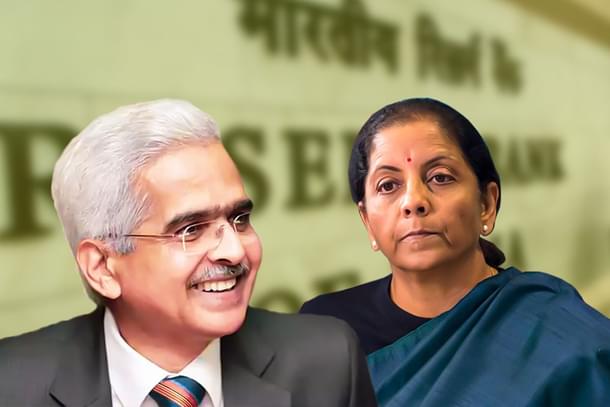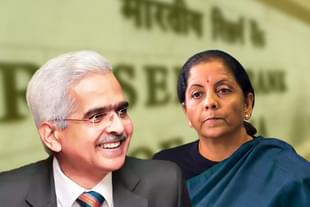Economy
MPC And Government Should Chill On CPI Spike; There’s Time Until September To Fix Things
R Jagannathan
Jan 14, 2020, 12:47 PM | Updated 12:46 PM IST
Save & read from anywhere!
Bookmark stories for easy access on any device or the Swarajya app.


The spike in December retail inflation to 7.35 per cent — its highest since July 2014 — has sparked off excited commentary in the pink press. This hike is being interpreted as a signal that the Monetary Policy Committee (MPC) cannot any more afford to cut interest rates. The committee’s mandate is to keep retail inflation in the 2-to-6 per cent band.
In December, the consumer price index (CPI) has breached the upper tolerance limit for the first time since the Finance Ministry and the Reserve Bank of India (RBI) signed their five-year inflation pact in August 2016. The agreement terminates on 31 March 2021.
Let’s be clear. The RBI does not need to panic on inflation just yet, since this spike is driven by seasonal food inflation and calculations based on the low base of December 2018.
Last year, retail inflation was hitting the bottom end of the 2-to-6 per cent band, and hence the rise this time looks larger. The increase in food inflation to 14.1 per cent in December from 10 per cent in November has been exaggerated by the low base of negative food inflation in December 2018 (-2.65 per cent).
Persistent food and fuel inflation can be a cause for concern, but the other indicator — core inflation, that is inflation minus food and fuel — is at 3.7 per cent. This is below the mid-point of the agreed overall inflation band.
In India, where food and fuel prices respond more to fiscal policies (support prices and indirect taxes, including import tariffs) than monetary moves, the MPC should clearly communicate to the government that this spike has to be handled fiscally. If that happens, the MPC can meet its targeted 2-to-6 per cent mandate all the way upto the terminal date of 31 March 2021. That’s less than 15 months away.
The government’s inflation mandate is also more nuanced than what the headlines indicate. This is the operative paragraph of the agreement: It says, “...if the average inflation is more than the upper tolerance level of 4 percent plus 2 percent, that is, 6 percent, or less than the lower tolerance level of 4 percent minus 2 percent, that is 2 percent, for any three consecutive quarters, it would mean a failure to achieve the inflation target. Where RBI fails to meet the inflation target in terms of the provisions of the RBI Act, it shall set out a report to the Central Government stating the reasons for failure to achieve the inflation target; remedial actions proposed to be taken by RBI; and an estimate of the time-period within which the inflation target shall be achieved pursuant to timely implementation of proposed remedial actions.” (Italics added)
To sum up, the MPC has until September 2020 to bring the average inflation rate down; and even if it does not do so, it can explain why it is not following aggressive anti-inflation policies. Since food and fuel inflation can be brought down by fiscal measures (government can, of course, choose not to do so), the RBI clearly needs to have a dialogue with the Finance Ministry on its intentions.
Changes in monetary policy to tackle inflation should follow only after it is clear that the government will not act on the fiscal front to bring down food or fuel inflation.
For the MPC, the watchword now should be to wait for at least a quarter before acting on inflation signals, assuming they persist in remaining above 6 per cent. This means it needs to do nothing in the February policy, and can wait until at least April to take a call on rates.
In fact, it should wait until June since it is only by May-end that we will know if economic recovery has begun in the last quarter of 2019-20. There is no case for raising rates as long as growth remains in the 4-5 per cent range.
The next agreement between the RBI and MPC needs to be more nuanced, with targets for both inflation and growth, and with obligations on both the fiscal and monetary authorities to jointly work towards moderate inflation and higher growth. Inflation cannot be the job of monetary policy alone.
The current bout of higher food inflation may also be a booster for the rural economy, where consumption demand is flagging. As long as the inflation does not become structural, both the MPC and the government should chill — without taking their eye off the data.
Jagannathan is former Editorial Director, Swarajya. He tweets at @TheJaggi.





